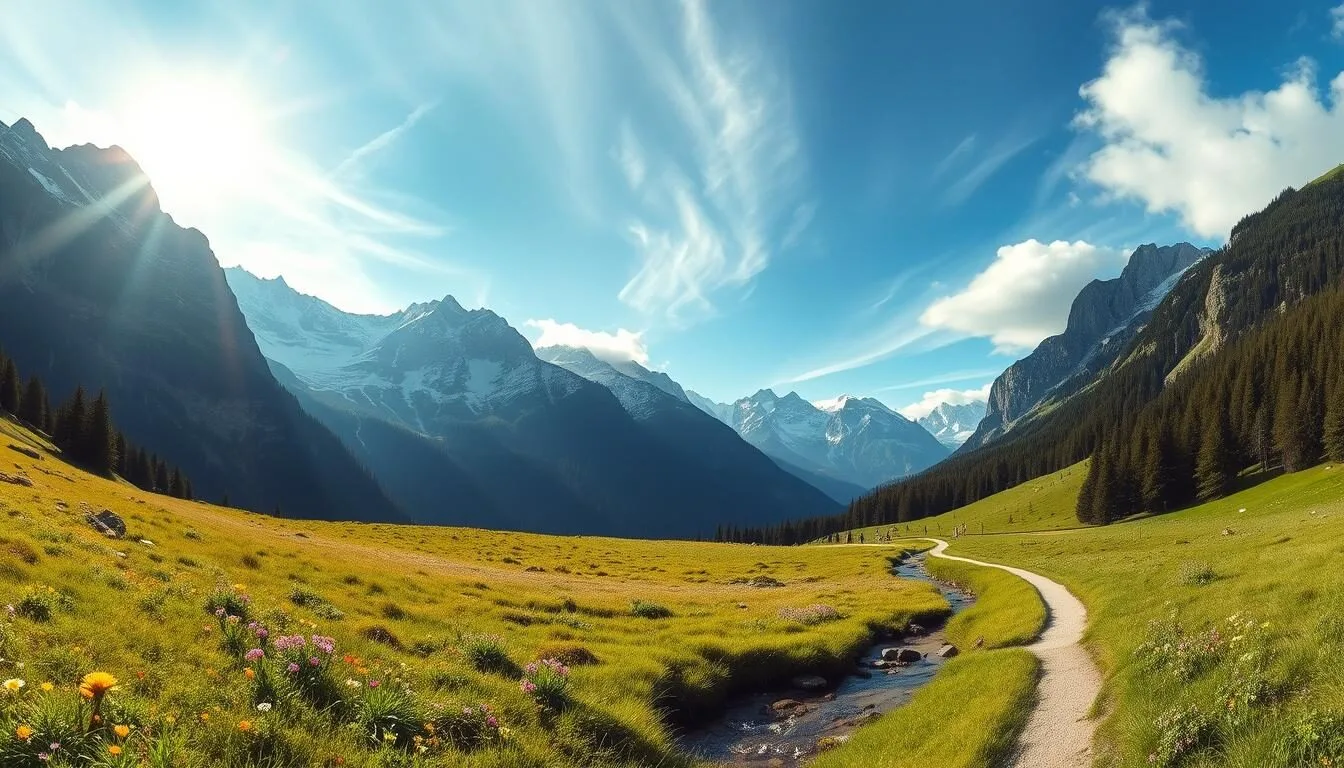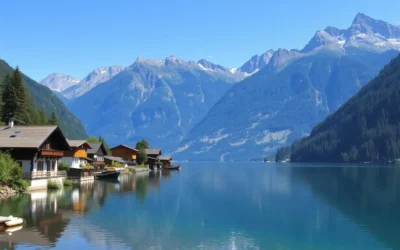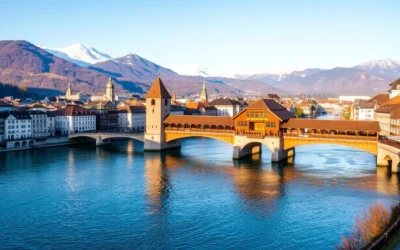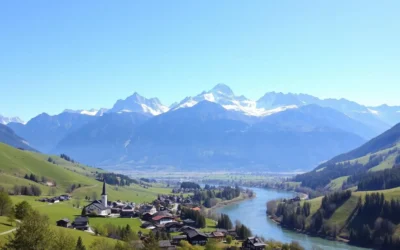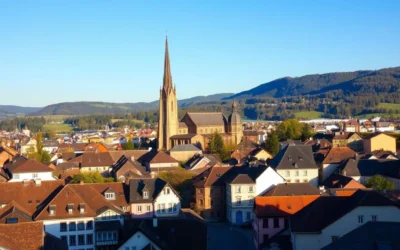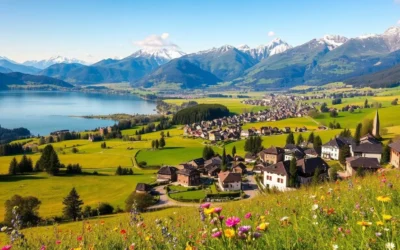✓ Accommodations ✓ Flights ✓ Rental Cars
Nestled between Leuk and Sierre in the Valais canton, lies one of Switzerland’s most remarkable natural treasures. A prehistoric rock avalanche on the right shore of the Rhone River created an almost bare slab with steppe-like vegetation, forming the origin of the hills in the Forest of Pfyn-Finges.
The unique topography and varied ecosystems, from pine forests to the Rhone River wetlands, support an exceptional biodiversity. Visitors can spot stags, deer, lynx, beaver, golden eagles, and other bird species within the park’s perimeter. As you explore this less crowded but equally stunning alternative to more famous Swiss natural attractions, you’ll discover why it’s a must-visit destination.
This guide will walk you through the top activities and experiences available, including hiking trails, wildlife watching, and cultural experiences, ensuring you make the most of your visit to this incredible nature park.
Discovering Pfyn-Finges Nature Park
As you step into Pfyn-Finges Nature Park, you’re immediately immersed in a world of diverse landscapes and ecosystems. This nature park is a testament to the rich natural heritage of Switzerland, offering a unique experience for visitors.
Geological Marvel Between Leuk and Sierre
Pfyn-Finges Nature Park is situated between the charming towns of Leuk and Sierre, creating a geological marvel that is as fascinating as it is beautiful. The park’s varied topography, with its lean earth and moist ground, supports a wide range of flora and fauna. This diversity is a result of the park’s unique location and geological history.
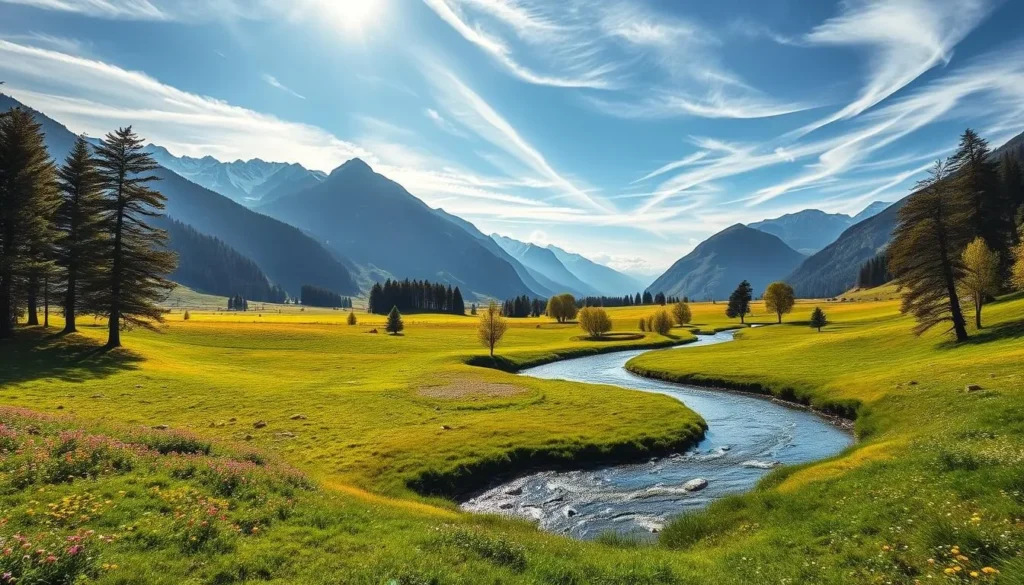
The Park’s Unique Ecosystem and Biodiversity
The park boasts a remarkable array of ecosystems, including grass landscapes, ponds, moors, pine forests, and water-meadow woods. Each of these habitats supports different plant communities, contributing to the park’s rich biodiversity. Visitors can spot a variety of wildlife, including stags, deer, lynx, beaver, and numerous bird species such as golden eagles, hoopoe, and crag-martins.
| Ecosystem | Characteristics | Notable Species |
|---|---|---|
| Grass Landscapes | Diverse flora, lean earth | Various wildflowers |
| Pine Forests | Moist ground, dense canopy | Lynx, various bird species |
| Water-meadow Woods | Rich soil, frequent watering | Beaver, stags |
How to Reach Pfyn-Finges Nature Park
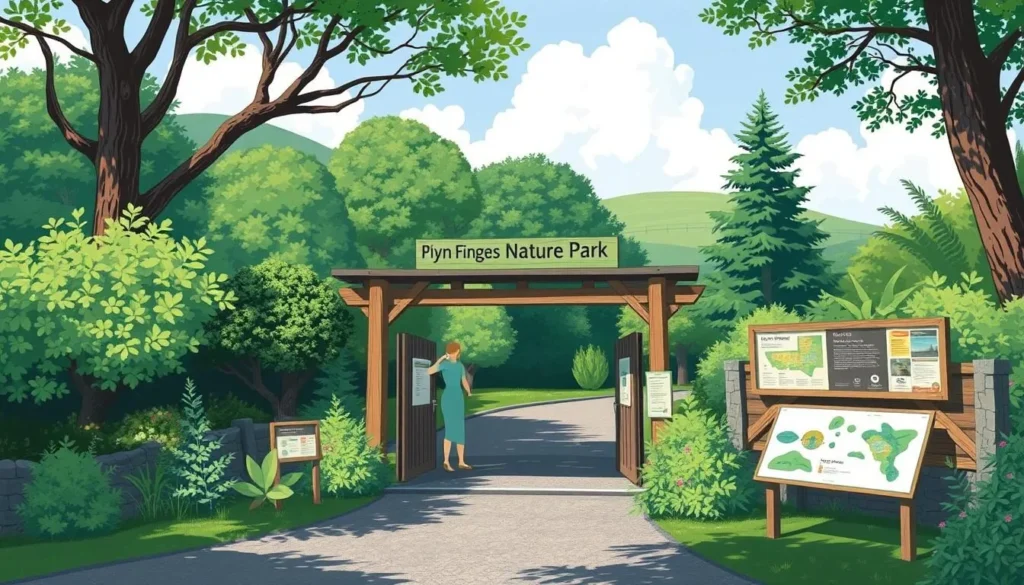
You can reach Pfyn-Finges Nature Park using public transportation or by driving, depending on your preference. The park is located between Leuk and Sierre, making it accessible from both towns.
Public Transportation Options
Public transportation in the Valais region is efficient and convenient. You can take a train to most villages, and where there’s no railroad, buses, cable cars, and funiculars provide access to all scenic spots. To get to Pfyn-Finges Nature Park, you can take a train to Sierre or Leuk and then use local buses to reach the park’s entrances.
Benefits of Public Transport: Using public transport reduces your carbon footprint and aligns with the park’s conservation mission. It’s also a stress-free way to travel, allowing you to enjoy the scenic views.
Traveling by Car and Parking Information
If you prefer to drive, Pfyn-Finges Nature Park is accessible via highways A9 and A1. You can drive from major Swiss cities, but be aware that some routes may involve mountain passes or winding roads. For instance, if you’re coming from the south, you might need to cross the Simplon Pass.
Parking Facilities: The park has designated parking areas at its main entrances. These parking lots have varying capacities and may charge a fee. It’s advisable to park at transportation hubs in Sierre or Leuk and use local buses to access the park, especially during peak season.
Electric Vehicle Charging: For environmentally conscious travelers, there are electric vehicle charging stations available in and around the park.
Best Time to Visit Pfyn-Finges Nature Park
The Pfyn-Finges Nature Park is a year-round destination, but the experience varies greatly depending on when you visit. Located in the Valais region of Switzerland, the park’s climate and attractions change with the seasons, making it essential to plan your trip according to your preferences.
Seasonal Highlights and Weather Conditions
The Valais region is known for its sunny and mild climate, with less rainfall than northern Switzerland. However, temperatures depend significantly on altitude, and the weather can vary between different towns and valleys. Spring (April-May) and autumn (September-October) are considered ideal due to their mild temperatures and fewer tourists. 
During the summer months (July-August), the park is bustling with visitors on summer holidays, making it the peak tourist season. Winters can be cold, especially at higher altitudes, but offer a serene landscape and opportunities for winter sports.
Peak and Off-Peak Visiting Periods
Understanding the peak and off-peak visiting periods can help you plan a more enjoyable trip. The peak season, primarily July through August, is characterized by large crowds and higher accommodation prices. In contrast, the shoulder seasons (late spring and early autumn) offer a balance between pleasant weather and smaller crowds.
| Visiting Period | Characteristics | Advantages |
|---|---|---|
| Peak Season (July-August) | Large crowds, higher prices | Warm weather, all facilities open |
| Shoulder Season (May-June, September-October) | Fewer tourists, mild weather | Balanced experience, lower prices |
| Off-Peak Season (November, April) | Lower accommodation prices, peaceful trails | More authentic experience, serene landscapes |
Visiting during off-peak periods, such as April or November, can provide a more authentic experience with lower accommodation prices and peaceful trails. Additionally, weekdays are generally less crowded than weekends, offering a more tranquil experience even during busier seasons.
Top Hiking Trails in Pfyn-Finges Nature Park
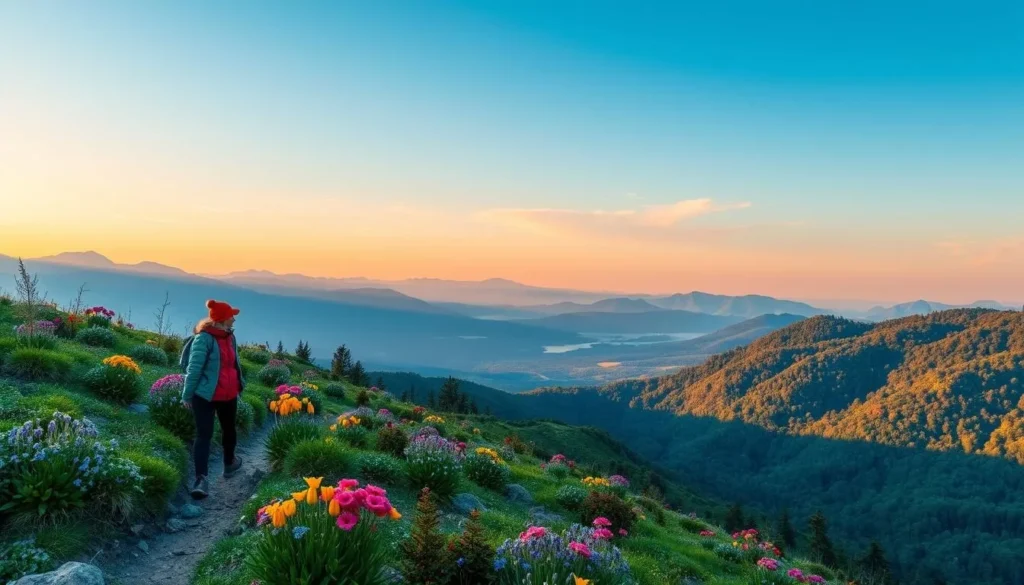
With its unique blend of geological and cultural heritage, Pfyn-Finges Nature Park is a hiker’s paradise. The park offers a variety of trails that cater to different skill levels and preferences, ensuring that every visitor can experience its natural beauty.
Family-Friendly Hiking Routes
For families with children, Pfyn-Finges Nature Park has several easy-to-moderate trails that are perfect for a day out. These family-friendly hiking routes offer stunning views and the opportunity to explore the park’s diverse flora and fauna. The trails are well-marked and maintained, making them accessible to hikers of all ages.
Challenging Trails for Experienced Hikers
For those seeking a more challenging hike, the park has several trails that take you to the higher elevations, offering breathtaking views of the surrounding mountains and valleys. These trails require a good level of fitness but reward hikers with spectacular vistas and a sense of accomplishment.
The Unique “Suonen” Irrigation Channel Trails
One of the most unique features of Pfyn-Finges Nature Park is its “Suonen” or “bisses” irrigation channels. These historic channels, built to bring water from the mountains to the dry fields and pastures, now serve as scenic trails that offer a tranquil hiking experience. As you hike alongside the flowing water, you’ll be immersed in the park’s natural beauty and cultural heritage.
The “Suonen” trails are not only historically significant but also relatively easy to navigate, making them suitable for hikers of various fitness levels. The best time to hike these routes is from late spring to early autumn when the channels are flowing with water.
Wildlife Watching Opportunities
As you explore Pfyn-Finges Nature Park, you’ll discover a rich tapestry of wildlife, from majestic birds of prey to elusive mammals. The park’s diverse ecosystems support a wide range of native animals and birds, making it a haven for wildlife enthusiasts.
Native Animals and Where to Spot Them
The park is home to various native animals, including stags, deer, lynx, and beavers. To spot these creatures, visit the park’s diverse habitats, such as the Rhone River wetlands and alpine meadows. Keep in mind that early morning and late evening are the best times for wildlife watching.
- Stags and deer can often be seen in the park’s meadows and forests.
- Lynx are more elusive, but can be spotted in the park’s mountainous regions.
- Beavers are commonly seen in the Rhone River wetlands.
Bird Watching Hotspots in the Park
Pfyn-Finges Nature Park is an important bird habitat in Switzerland, with over 100 bird species recorded throughout the year. The park’s diverse landscapes, including pine forests, rocky outcrops, and alpine meadows, host different bird communities. Some of the iconic bird species you might encounter include golden eagles soaring above the mountain ridges, colorful hoopoes in open woodland areas, and crag martins nesting on cliff faces.
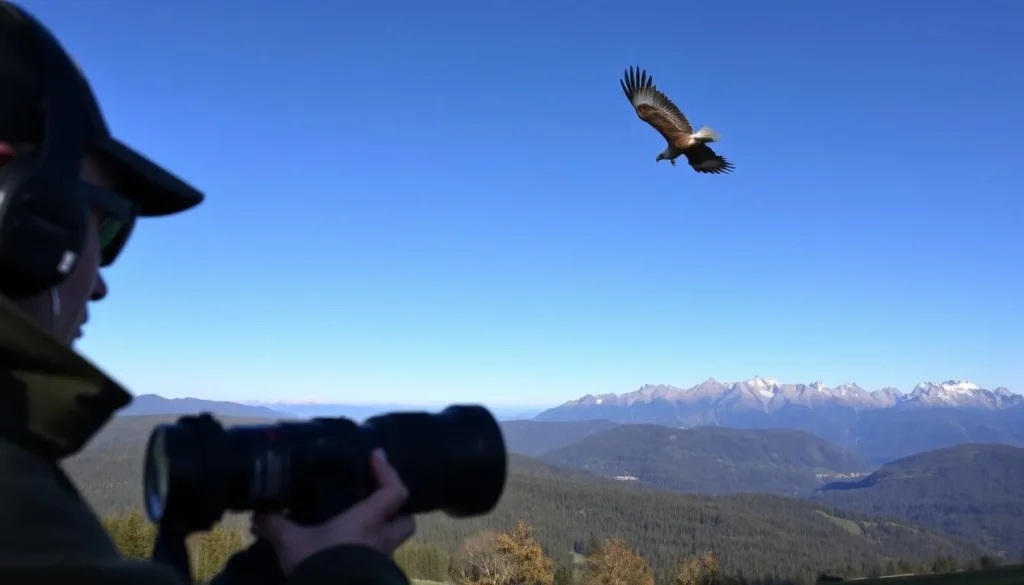
The park offers various bird watching trails and viewpoints, catering to both casual birders and enthusiasts. The Rhone River wetlands and pine forests are particularly recommended for spotting a diverse range of bird species.
Pfyn-Finges Nature Park, Switzerland: Best Things to Do – Top Picks
Whether you’re interested in exploring the park’s pine forests, visiting the nature center, or capturing breathtaking views through your lens, Pfyn-Finges has something for everyone.
Exploring the Pine Forests and Rhone River
The pine forests of Pfyn-Finges Nature Park offer a serene and picturesque environment, perfect for a leisurely hike or a relaxing stroll. As you wander through the forest, the sounds of the Rhone River provide a soothing background noise. The river itself is a great spot for nature watching, with opportunities to see a variety of bird species and other wildlife. You can also take in the stunning views of the surrounding mountain ranges, making it a photographer’s paradise.
Visiting the Nature Center and Educational Exhibits
The nature center at Pfyn-Finges is an excellent place to learn about the park’s unique ecosystem and biodiversity. The educational exhibits provide insightful information about the local flora and fauna, as well as the geological history of the area. By visiting the nature center, you can gain a deeper appreciation for the natural beauty of the park and its importance as a conservation area. The center also offers guided tours and interactive programs, enhancing your overall experience in the nature park.
Photography Spots and Panoramic Viewpoints
Pfyn-Finges Nature Park is a photographer’s dream, with numerous views and landscapes to capture. Some of the top photography spots include the Gorwetsch viewpoint, which offers sweeping vistas of the Rhone Valley and the distant Alpine peaks. The Illgraben canyon is another highlight, with its dramatic geological formations and changing colors throughout the day. To make the most of your photography experience, consider visiting during the golden hour or overcast skies, which can add unique lighting effects to your shots. You can also explore less-known areas of the park to capture unique images away from the crowds.
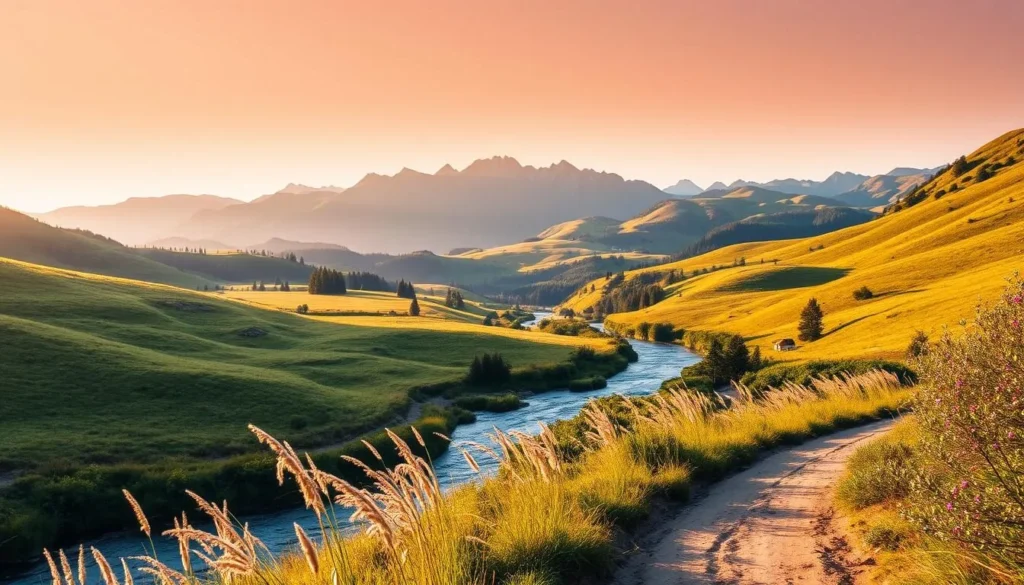
Some key photography tips for the park include bringing a versatile lens to capture both wide landscapes and intimate details, and being mindful of the changing light conditions throughout the day. By practicing responsible photography practices, you can help preserve the natural beauty of the park for future generations. With its diverse areas and stunning mountain vistas, Pfyn-Finges Nature Park is a must-visit destination for outdoor enthusiasts and photographers alike, offering a unique experience within this beautiful parks ecosystem.
Local Specialties and Regional Producers
As you explore Pfyn-Finges Nature Park, you’ll discover the unique flavors of the Valais region. The park’s surroundings are home to a rich culinary heritage shaped by the mountain geography, agricultural traditions, and cultural influences from both German and French-speaking Switzerland.

Valais Wine Tasting Experiences
The Valais region is renowned for its wine production, with varieties such as Fendant and Petite Arvine. Visitors can enjoy wine tasting experiences at local vineyards, learning about the production processes and sampling some of the best wines the region has to offer.
Traditional Food and Artisanal Products
The Valais region is also celebrated for its traditional dishes and artisanal products. Be sure to try local specialties like raclette, Walliser Trockenfleisch (dried meat), and cholera (a vegetable and cheese pie). Visitors can purchase these products at local markets and farm shops, supporting sustainable agriculture and taking home a taste of the region.
The park administration collaborates with local producers to promote sustainable practices, preserving both cultural heritage and natural resources. By supporting local producers, visitors contribute to the conservation of the region’s unique ecosystems.
Accommodation Options Near Pfyn-Finges

The charming villages around Pfyn-Finges Nature Park are home to a variety of accommodations that blend traditional charm with modern comfort. You can choose from hotels, guesthouses, and unique stays that offer more than just a place to sleep.
Hotels and Guesthouses in Sierre and Leuk
In the nearby towns of Sierre and Leuk, you’ll find a range of hotels and guesthouses that offer comfortable stays with excellent service. These establishments often provide easy access to the park and its surroundings, making them ideal for those who want to explore the area without compromising on comfort.
Many of these hotels and guesthouses are located in historic buildings, offering a glimpse into the region’s rich cultural heritage. You can enjoy local cuisine and relax in cozy atmospheres, making your stay near Pfyn-Finges Nature Park a memorable one.
Unique Stays and Mountain Lodges
For a more immersive experience, consider staying in one of the mountain lodges or unique accommodations within or near the park. These options allow you to connect with nature and enjoy the serene beauty of the surrounding mountains. Some of these lodges are accessible only by hiking trails, adding to the adventure.
You can stay in converted historic buildings, such as renovated barns or traditional Valais chalets, which combine authentic architecture with modern comforts. Glamping and eco-lodge options are also available, enabling you to minimize your ecological footprint while enjoying the natural environment.
Family-friendly accommodations, including farm stays, offer a chance for children to interact with animals and learn about mountain agriculture. Be sure to check the seasonal availability of different mountain lodges, as some are only accessible during summer and early autumn.
Conclusion: Planning Your Perfect Visit to Pfyn-Finges Nature Park
As you plan your visit to Pfyn-Finges Nature Park, you’ll discover a treasure trove of natural wonders and cultural heritage. This Swiss park offers a unique blend of geological marvels and rich biodiversity. For a memorable experience, allocate time to hike through its diverse landscapes and explore the local culture. Practice responsible tourism by staying on marked trails and respecting wildlife. By doing so, you’ll not only enjoy the park’s beauty but also contribute to its conservation. Take part in preserving this natural gem for future generations.
The above is subject to change.
Check back often to TRAVEL.COM for the latest travel tips and deals.
